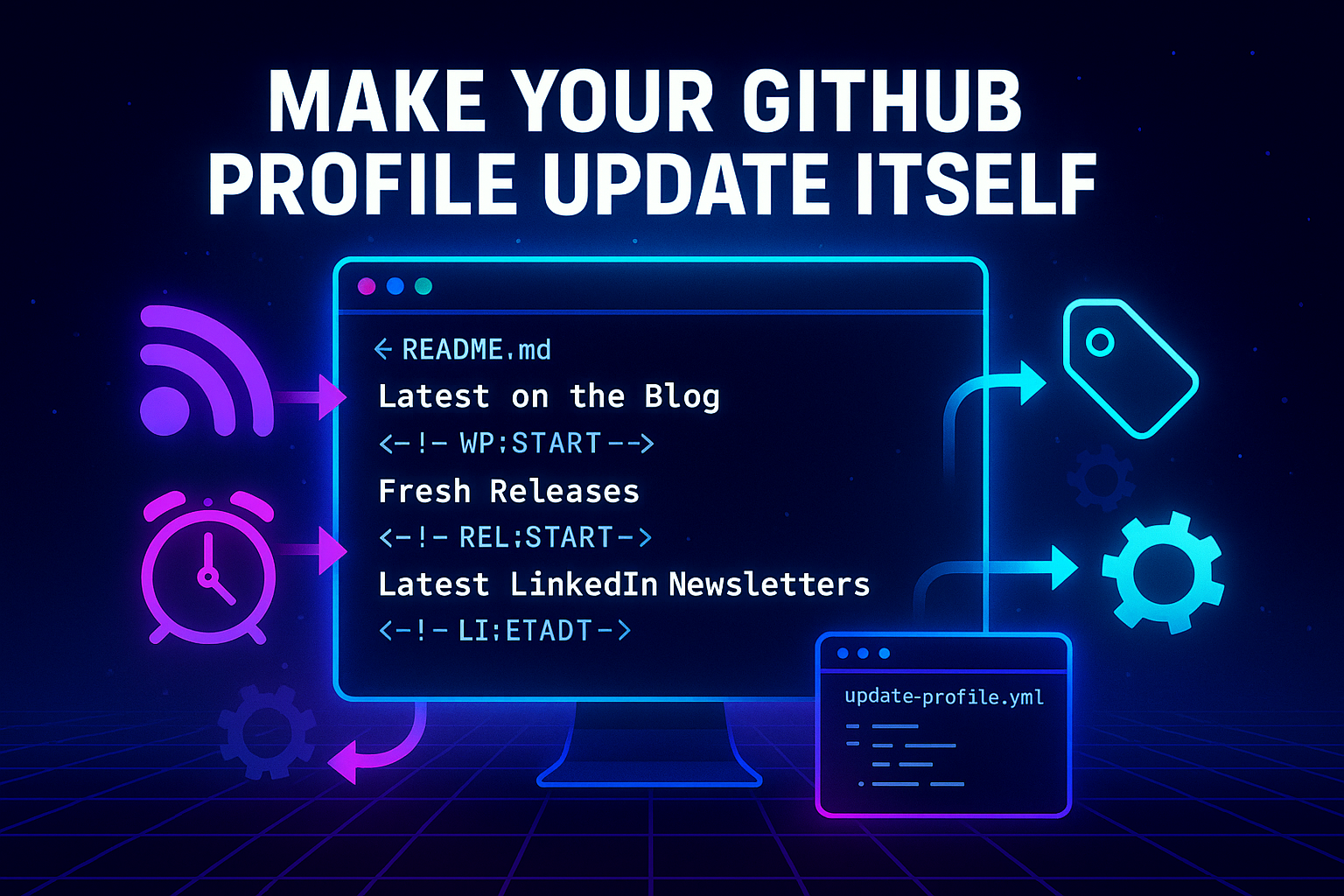
Going Modular: Using htmx with Partial Views in Razor Pages
- Chris Woodruff
- April 2, 2025
- htmx
- asp.net, asp.net core, htmx, web development, webdev
- 0 Comments
Hey there, fellow coder. Today, we’re diving into the wonderful world of partial views and how you can make them dance beautifully with htmx. If you’ve ever wanted to break down your Razor Pages into reusable, modular components, you’re going to love this. Let’s get rolling.
Why Partial Views Matter
Breaking your UI into smaller, reusable components is a great way to keep your code clean and organized. Razor Pages offers the Partial() method to render sections of HTML, but what if you want to dynamically load or update these partials without refreshing the entire page? That’s where htmx comes to the rescue.
Setting Up the Project
We’re going to build a simple dashboard where you can update different parts of the UI independently using partial views and htmx.
Start by creating a new ASP.NET Razor Pages project:
dotnet new razor -n htmxPartialDemo
Add htmx to your _Layout.cshtml:
<script src="https://unpkg.com/htmx.org"></script>
Creating the Partial View
Let’s say we have a simple user dashboard with a statistics panel that gets updated periodically.
_StatsPartial.cshtml
@model int
<div>
<h3>User Statistics</h3>
<p>Total Users: @Model</p>
<button hx-get="/Dashboard/Stats" hx-target="#stats-partial">Refresh Stats</button>
</div>
Adding the Backend Logic
Now, we’ll build the page model to serve this partial view and update it upon request.
Dashboard.cshtml.cs
using Microsoft.AspNetCore.Mvc;
using Microsoft.AspNetCore.Mvc.RazorPages;
using System;
namespace htmxPartialDemo.Pages;
public class DashboardModel : PageModel
{
private static readonly Random Random = new();
public int TotalUsers { get; private set; }
public void OnGet()
{
TotalUsers = Random.Next(1000, 5000);
}
public IActionResult OnGetStats()
{
var updatedCount = Random.Next(1000, 5000);
return Partial("_StatsPartial", updatedCount);
}
}
Building the Main Page
Here’s the main page where the partial view is included and updated dynamically.
Dashboard.cshtml
@page
@model htmxPartialDemo.Pages.DashboardModel
<!DOCTYPE html>
<html>
<head>
<title>htmx + Partial Views</title>
<script src="https://unpkg.com/htmx.org"></script>
</head>
<body>
<h1>Dashboard</h1>
<div id="stats-partial">
@await Html.PartialAsync("_StatsPartial", Model.TotalUsers)
</div>
<div>
<p>Last refreshed at: @DateTime.Now.ToString("HH:mm:ss")</p>
</div>
</body>
</html>
What’s Happening Here
- The
_StatsPartial.cshtmlfile is a simple partial view that renders the user count. - The
OnGetStats()method inDashboard.cshtml.csserves the partial view asynchronously. - The button in the partial view triggers a GET request to the server using
hx-getand replaces the content in the#stats-partialdiv usinghx-target.
Why This Approach Rocks
- Reusability: You can use partial views all over your application and fetch them dynamically as needed.
- Performance: Only the needed section of the page is updated, saving bandwidth and making your app feel snappy.
- Simplicity: You’re still using Razor Pages, just enhanced with a touch of htmx magic.
Expanding the Concept
This technique works perfectly for:
- Dashboards with various panels updated independently.
- Multi-step forms where each step is a partial view.
- Modals that load their content on demand.
Next time, we’ll dive even deeper into building more advanced applications using htmx and Razor Pages. Stay tuned.






